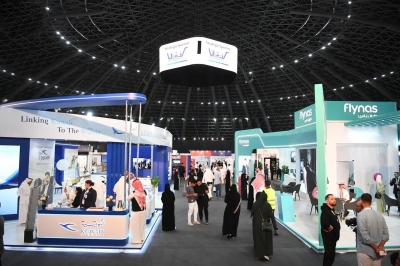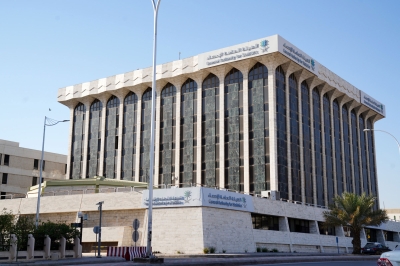
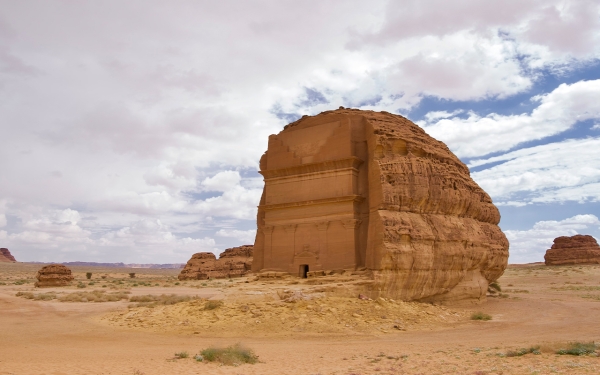
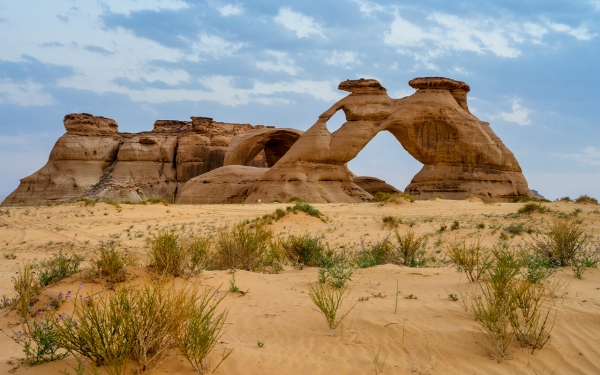
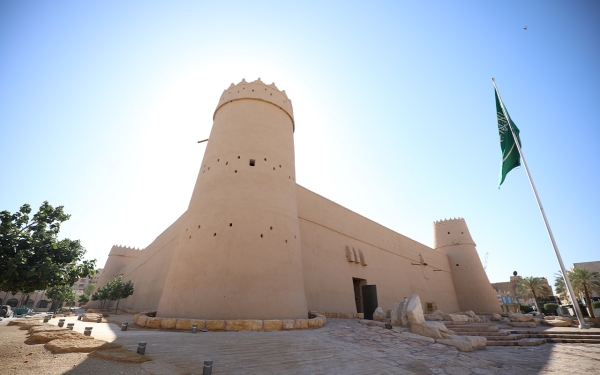
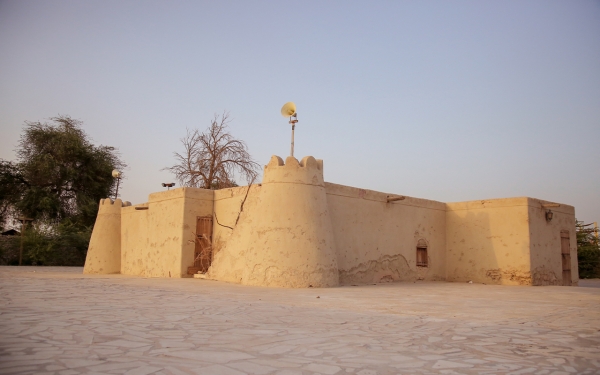
Historical tourism in the Kingdom of Saudi Arabia refers to the travel or movement of individuals or groups from outside to inside the Kingdom. It even includes their movement within the Kingdom for the purpose of visiting its historical sites.
The Kingdom is characterized by its cultural and historical depth, as proven by its archaeological and heritage evidence. On its land, kingdoms and states were founded that contributed to the development of human civilization. Moreover, the Kingdom is the cradle of Islam and is home to the Two Holy Mosques. It is a crossroad for communication between the ancient world's nations.
The abundance of archeological and heritage sites in the Kingdom promotes historical tourism and educates visitors on its historical and cultural aspects.
The cultural dimension of the Kingdom uncovers ancient heritage and archeological aspects that go back to the ancient Stone Age through historical and Islamic times. Their traces remained evident in palaces, forts, and ancient military and religious buildings, in addition to archeological finds and collections, as well as magnificent paintings and engravings that were made by the Kingdom's ancestors.
Civilizational and cultural heritage in historical tourism
The civilizational and cultural heritage and the rich historical legacy of the Kingdom emphasize its great role in human civilization. Many of the world's civilizations met on its lands. This made it a strategic area for historical tourism, especially after some of its sites were listed on the UNESCO World Heritage List: Hegra, al-Turaif neighborhood in Diryah, historical Jeddah, rock art in Hail Province, al-Ahsa Oasis, and Hama Cultural District, Najran.
The historic Hegra site in al-Ula Governorate, al-Madinah al-Munawwarah Province, was the first Saudi site registered on UNESCO’s list in 2008. Hegra enjoys a strategic location on the road that connected the southern Arabian Peninsula with Mesopotamia, the Levant, and Egypt in ancient times. Hegra contains a large number of Minaean and Lihyan engravings, the oldest of which dates back to 1700 BC, according to some writings. Hegra also includes more than 851 cultural and natural sites of exceptional value for human heritage.
The second Saudi site to be listed on the World Heritage List was al-Turaif neighborhood in historical Diryah in 2010, as it was classified as a global heritage site. It was followed by historical Jeddah on June 21, 2014. Moreover, rock engraving sites in Hail Province were then listed in July 2015, followed by al-Ahsa Oasis in 2018, which became the fifth Saudi site to be listed. In 2021, Hama Cultural District in Najran was added to the list.
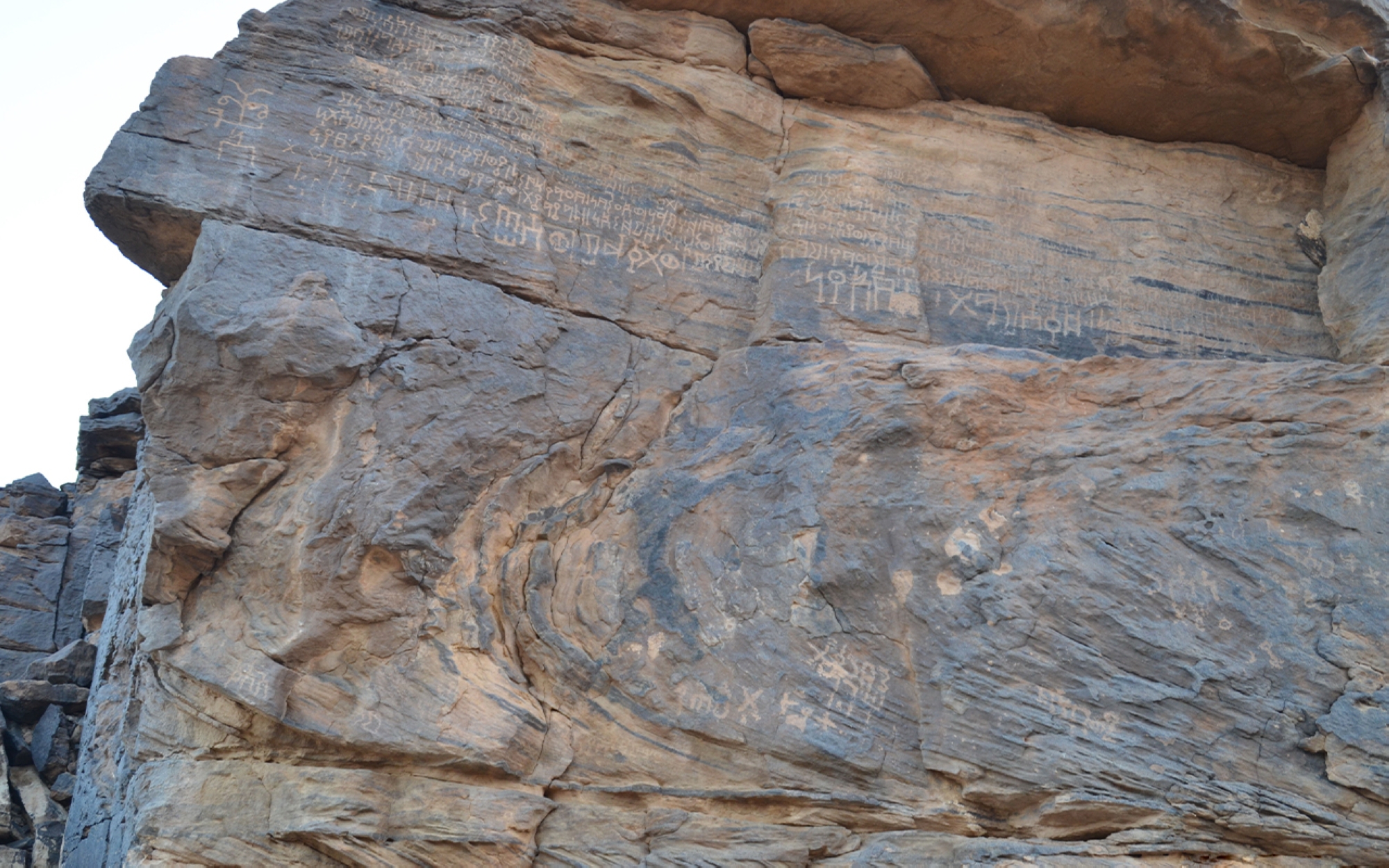
Historical tourism laws in the Kingdom
The Kingdom's efforts to preserve its culture and civilization heritage led to the development of its historical tourism laws. It began enacting laws to ensure the protection of cultural and national properties. Since 1972, movable and immovable monuments have been subject to the Law of Antiquities issued pursuant to a royal decree. On June 23, 2014, the Council of Ministers approved the law's new edition.
Historical tourism sites in the Kingdom
Historical tourism in the Kingdom is witnessing great developments, as it is filled with many historical archaeological sites, thus indicating that this land was inhabited by humans for thousands of years. According to the National Register of Antiquities of the Heritage Commission for 2021, 8,176 archaeological sites were registered in the Kingdom. Riyadh was ranked first in terms of the number of archaeological sites with 1,534 sites, followed by al-Madinah al-Munawwarah with 1,533 sites, Tabuk with 910 sites, Jazan with 741 sites, the Eastern Province with 698 sites, Makkah al-Mukarramah with 684 sites, Aseer with 651 sites, Hail with 450 sites, the Northern Borders with 269 sites, Qassim with 211 sites, Najran with 199 sites, al-Jouf with 175 sites, and al-Bahah with 121 sites. The Register of Antiquities represents an electronic memory that contains all the information related to the ancient heritage of the Arabian Peninsula, including long-lived and valuable treasures, which are antiquities proving a long-standing history and human presence.
The Saudi Commission for Tourism and National Heritage (currently the Ministry of Tourism) implemented projects to prepare historical sites and restore Islamic history sites, as well as cultural and archeological tourist sites, in addition to providing them with the necessary infrastructure and tourist services.
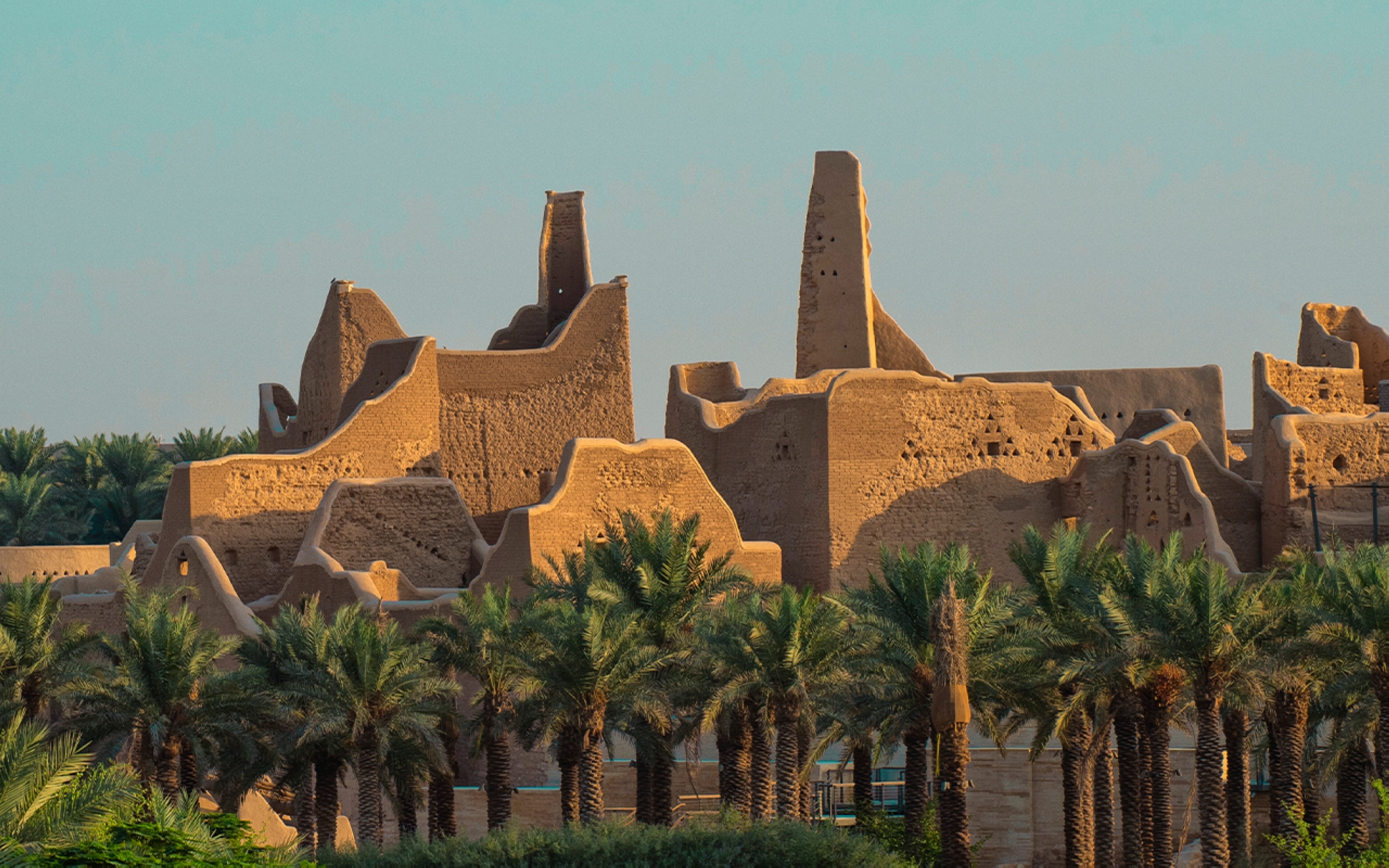
Saudi provinces embracing historical tourism
In the historical-cultural context, the historical Diriyah in the capital Riyadh is prominent. Established in 1446, it embraces prominent landmarks, such as al-Bujairi historical region, the Samhan area, and al-Turaif neighborhood, which was described as being one of the largest mud neighborhoods in the world, and the seat of governance. Currently, it includes a number of museums, the most prominent of which is the Diriyah Museum, which shows the history of the First Saudi State and its development.
Diriyah, the Saudi history icon, is supervised by the Diriyah Gate Development Authority, which was established in 2017. The authority is working on multiple projects, most notably Diriyah Gate, which was inaugurated by the Custodian of the Two Holy Mosques, King Salman Bin Abdulaziz Al Saud in November 2019.
The capital, Riyadh, combines heritage and modern life. It embraces the historical roots of the Kingdom and evidence of its renaissance. Riyadh and its outskirts also include the nation's birth evidence, including Masmak Palace, the 150-year-old fierce mud castle, in addition to bazaars like the historic Souq al-Zal.
In Makkah al-Mukarramah, great history is evident, starting from the ancient ages, through the Islamic era, and beyond. Jeddah also includes the historic al-Balad area, which was built in the seventh century AD. Taif is characterized by its moderate climate and tourist and entertainment places, such as museums, parks, and popular markets, in addition to cultural tourist places, such as Souq Okaz, which dates back to before the Islamic period. Since then, it has become a place for trade and a forum for poets. Moreover, it now embraces intellectuals, poets, and various arts.
The Eastern Province enjoys an important historical and cultural heritage, as al-Ahsa Governorate is famous for its green oases listed in the UNESCO List of World Heritage. Al-Ahsa also includes the largest green oases in the world and historical sites that date back to the Stone Ages, in addition to Jawatha Mosque, which was built in the year 628. Al-Ahsa is home to Ibrahim's Palace, which was built in the era of the First Saudi State, and it includes the Dome Mosque and a museum that displays various artifacts and images.
Aseer region, south of the Kingdom, is filled with local historic sites, such as those located in Rijal Almaa Governorate, with its heritage sites like the museum and heritage library, as well as archaeological palaces. Al-Bahah is also considered an open historical museum that stands on top of a mountain of white rocks, as it dates back to over four hundred years ago. It includes Raghadan Forest Park and is connected by Zee Ain Heritage Village through winding roads and valleys. Its famous landmarks include Shada village located midway to Mount Ibrahim's top. It is characterized by its natural magnificent landscapes among the high altitudes, green slopes, and the valleys of the Sarawat Mountains.
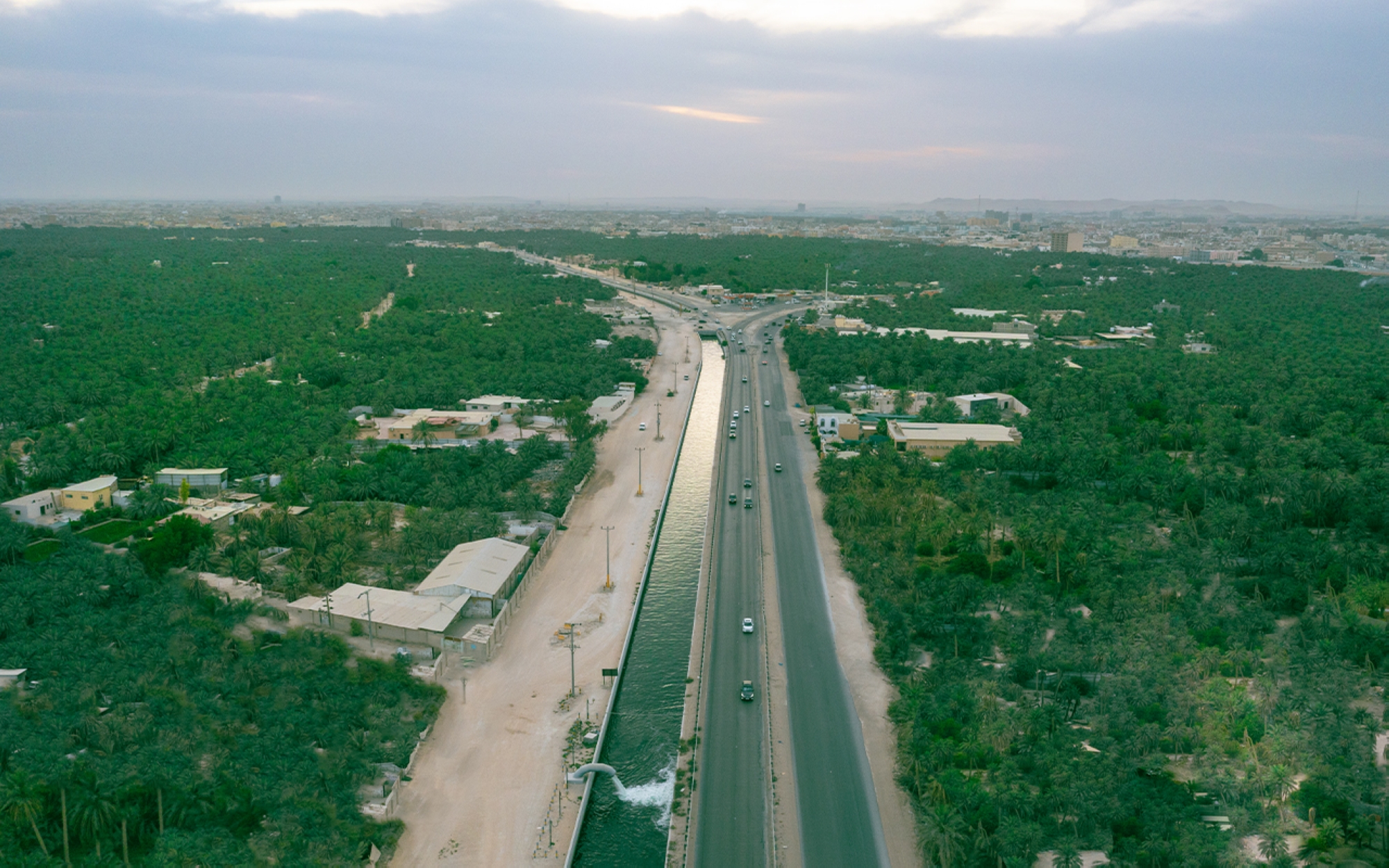
The role of museums in historical tourism
Museums can be found all over the Kingdom's regions. They spread knowledge about the culture and civilization aspects and dimensions of the Kingdom, as museums are the live memory of peoples that connects the present with the past. They are a platform for spreading cultural awareness and education in society. They also act as civilized fronts and tour guides for visitors. The Kingdom encompasses about 304 museums, including fifty-one public museums, while the number of private museums has reached 236, distributed throughout various Saudi cities.
Among the Kingdom's museums, the National Museum in Riyadh stands out, which is considered the most important and richest in terms of exhibits. The National Museum is located on the eastern side of the King Abdulaziz Historical Center, in al-Murabba neighborhood in Riyadh city, next to the King Abdulaziz Palace (al-Murabba). The museum was built on a land area of about 17,000 m. On the other hand, the total area of its buildings reaches about 28,000 m.
King Fahd bin Abdulaziz Al Saud inaugurated the National Museum in 1999, as part of the King Abdulaziz Historical Center, on the occasion of the one-hundredth anniversary of the Founding King Abdulaziz Bin Abdulrahman Al Saud's recapture of Riyadh in 1902. The number of archaeological and heritage pieces displayed in the museum currently amounts to 3,700, distributed among its eight halls. Moreover, the total number of display cabinets is 221, in addition to nine hundred photographic means, forty-five films and sound effects, and forty-five models.
Related quizzes
